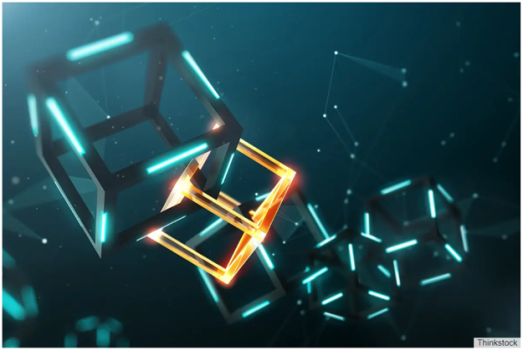K
Kathleen Martin
Guest
The future of the internet has been the subject of much speculation and debate in the past few years. From the rise of virtual worlds and immersive experiences to the explosive growth of social media, the internet has become a ubiquitous medium for communication and commerce. With the rise of blockchain, the internet is about to go through a major transformation.
This isn’t the first transformation of the internet. Since its public emergence nearly 30 years ago, the internet has gone through two major evolutions and is about to go through a third. These transformations not only have changed how we use the internet and what we use it for, but they have impacted the world at large, changing how we live and work and interact with others.
Web 1.0: The static internet
The first iteration of the public internet was the age of the website. Every company needed a website, and that website primarily contained static data and information that the owner of the website thought was important. The corporate website had information about the company—mostly marketing collateral. News and reference websites also had a stockpile of information. But all of these sites pushed information to the consumer—a one-way communications path. This was similar to how traditional media of the day (newspaper, magazines, radio, television) communicated information to the public.
Whether the company was an existing news agency such as NBC or CNN, or was a corporate brand such as McDonald’s, every company soon had a website that conveyed information to the public. Figure 1 illustrates this internet. A website was an entity that a company created and owned. It had mostly static data, and the data was controlled and managed by the company. The information flowed in one direction, outward to the users of the website.
 IDG
IDG
Figure 1. Web 1.0—the static internet.
In this model, data personalization was extremely limited, given the one-way nature of the information. Users could select and filter the information they wanted to consume, but they typically had very little ability to influence what the information communicated contained. Users had virtually no ability to influence other users. Information-sharing among users was typically limited to your local friends or bulletin board groups. These represented very focused and limited audiences.
Continue reading: https://www.infoworld.com/article/3657635/why-blockchain-is-the-future-of-the-internet.html
This isn’t the first transformation of the internet. Since its public emergence nearly 30 years ago, the internet has gone through two major evolutions and is about to go through a third. These transformations not only have changed how we use the internet and what we use it for, but they have impacted the world at large, changing how we live and work and interact with others.
Web 1.0: The static internet
The first iteration of the public internet was the age of the website. Every company needed a website, and that website primarily contained static data and information that the owner of the website thought was important. The corporate website had information about the company—mostly marketing collateral. News and reference websites also had a stockpile of information. But all of these sites pushed information to the consumer—a one-way communications path. This was similar to how traditional media of the day (newspaper, magazines, radio, television) communicated information to the public.
Whether the company was an existing news agency such as NBC or CNN, or was a corporate brand such as McDonald’s, every company soon had a website that conveyed information to the public. Figure 1 illustrates this internet. A website was an entity that a company created and owned. It had mostly static data, and the data was controlled and managed by the company. The information flowed in one direction, outward to the users of the website.
 IDG
IDG Figure 1. Web 1.0—the static internet.
In this model, data personalization was extremely limited, given the one-way nature of the information. Users could select and filter the information they wanted to consume, but they typically had very little ability to influence what the information communicated contained. Users had virtually no ability to influence other users. Information-sharing among users was typically limited to your local friends or bulletin board groups. These represented very focused and limited audiences.
Continue reading: https://www.infoworld.com/article/3657635/why-blockchain-is-the-future-of-the-internet.html

